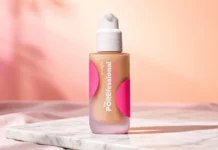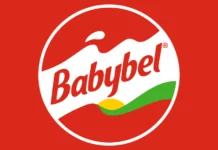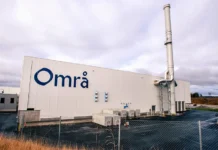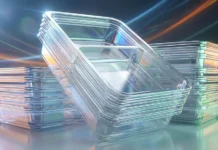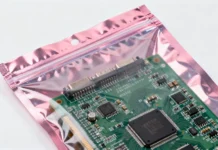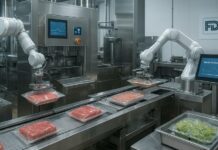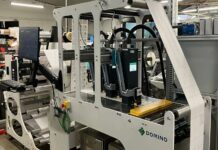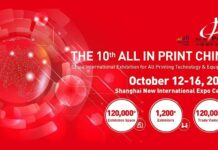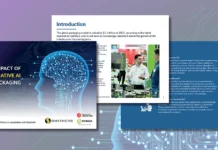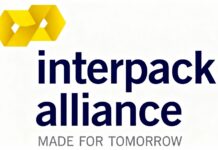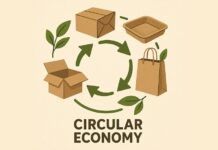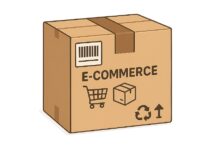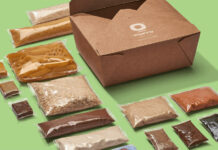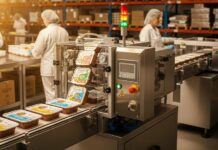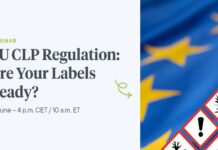Over the course of the next ten years, the global market for pharmaceutical grade plastic packaging is expected to see consistent growth.
Over the next ten years, the global market for pharmaceutical grade plastic packaging is likely to see tremendous expansion. It is anticipated that sales will reach USD 56.6 billion in 2024 and then soar to USD 74.2 billion by 2034. During the period of 2024 to 2034, this indicates a compound annual growth rate (CAGR) of 3.0%, which highlights the continued need for packaging solutions that are dependable and efficient within the pharmaceutical business.
For the year 2023, the market brought in a total value of USD 54 billion, demonstrating the significant position it plays in the supply chain of the pharmaceutical industry. In the year 2024, it is anticipated that the industry would expand by 2.5% year-on-year, therefore continuing to retain its pace as an essential component of global healthcare logistics.
Trends and the Dynamics of the Market
The growing demand for plastic bottles in pharmaceutical packaging is continuing to be a driving force behind the expansion of the industry. Many different types of medications, including solid pharmaceuticals, liquid syrups, and topical therapies, are packaged in these bottles, which are noted for their flexibility. Because of their low prices and high level of dependability, they have become a vital component of the sector, further enhancing their standing in the market.
Additional factors that are influencing the development of the market for pharma grade plastic packaging include the desire for environmentally friendly packaging solutions. Because the pharmaceutical business is moving toward more environmentally friendly practices, the use of materials that are biodegradable, recyclable, and compostable is becoming an increasingly essential factor. Not only does sustainable packaging lessen its effect on the environment, but it also takes into account the increasingly strict regulatory criteria that are being implemented all over the world.
The Influence of Regulations on the Development of New Technologies
The market for pharmaceutical-grade plastic packaging is still significantly impacted by regulatory compliance, which is a key component. To guarantee that their products are safe to use and that they are labeled correctly, manufacturers are required to comply with stringent criteria that have been established by global health agencies such as the World Health Organization (WHO). As a result of this, emerging technologies such as intelligent packaging are gaining popularity. In order to improve safety, traceability, and compliance, several technologies are being included into packaging. Some examples of these technologies are smart labels, QR codes, and near-field communication (NFC).
These improvements make it possible to better monitor pharmaceutical items throughout their entire lifespan, which provides essential data for management and delivery. In particular, QR codes provide a convenient means of accessing comprehensive product information, which may include the list of components, the dose, and the shelf life. The Near Field Communication (NFC) technology, on the other hand, is improving communication between devices and packaging, which in turn contributes to increased medication adherence and safety.
Perspectives on the Region and the Material
According to projections, the market for pharmaceutical-grade plastic packaging is anticipated to have growth that varies from area to region. At the conclusion of the evaluation period, it is estimated that Europe will hold the leading position with a market share of 28%. On the other hand, East Asia and South Asia are anticipated to demonstrate considerable development, with South Asia expanding at a compound annual growth rate of 4.8% by the year 2034.
Because of its durability and strength, polyethylene terephthalate (PET) continues to be the material of choice, and it is projected to occupy more than 33 percent of the market share in the year 2024. The market value of polyethylene (PE) packaging is expected to increase by 1.6 times over the course of the forecast period, with a compound annual growth rate (CAGR) of 4.3% estimated for this sector.
The Prospects for Pharmaceutical Packaging
When looking to the future, the incorporation of 3D printing technology into pharmaceutical packaging has the potential to completely transform the business. According to the findings of a recent research that was published in the International Journal of Pharmaceutics, 3D printing may make it possible to produce personalized packaging, which would result in a reduction in waste and expenses while simultaneously enhancing efficiency. Through the use of this technology, pharmaceutical firms are able to design packaging that is customized to precise doses and the requirements of individual patients, therefore improving both the production process and the results for patients.
Landscape of the Market
Gerresheimer AG, Berry Global, Inc., Amcor plc, and AptarGroup, Inc. are among the companies that are considered to be among the most prominent participants in the market for pharma grade plastic packaging. The competitive environment of this rapidly expanding business is being highlighted by the fact that Tier 1 firms possess between 10 and 20 percent of the entire market share.
Examination of the Market in Its Totality
A comprehensive research on the worldwide market for pharma grade plastic packaging has been published by Future Market Insights. The report comprises of an analysis of historical data for the years 2019 to 2023, as well as projections for the years 2024 to 2034. A comprehensive analysis of market trends and predictions is provided in this study, which covers important segments across seven regions and categorizes them according to product type, material type, application, and end use.
This study is vital for players who are interested in gaining an understanding of the dynamics of the market for pharma grade plastic packaging and making the most of the possibilities afforded by this fast developing industry.




